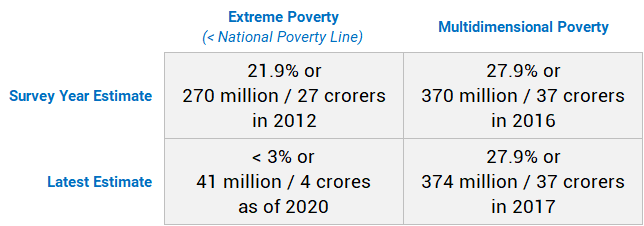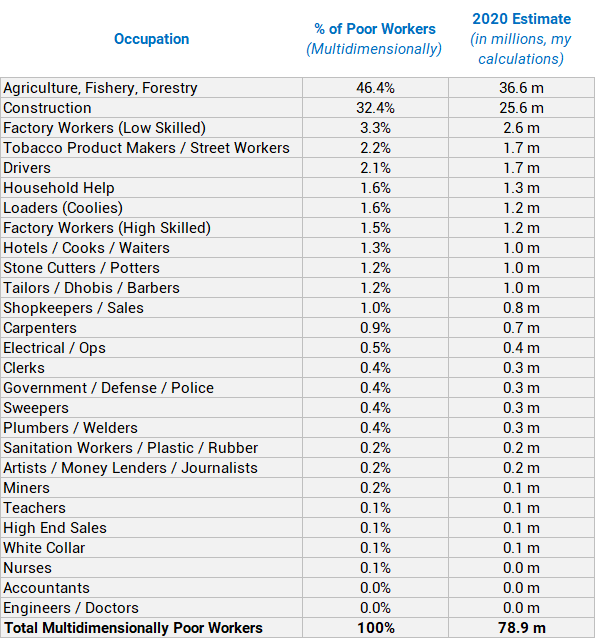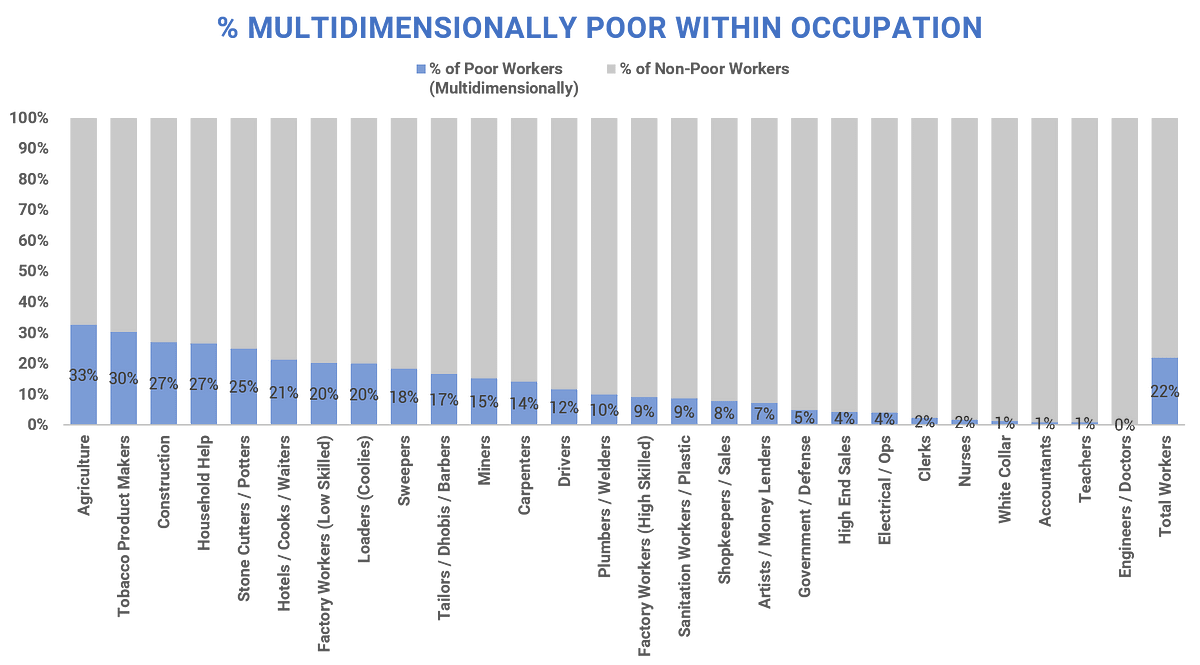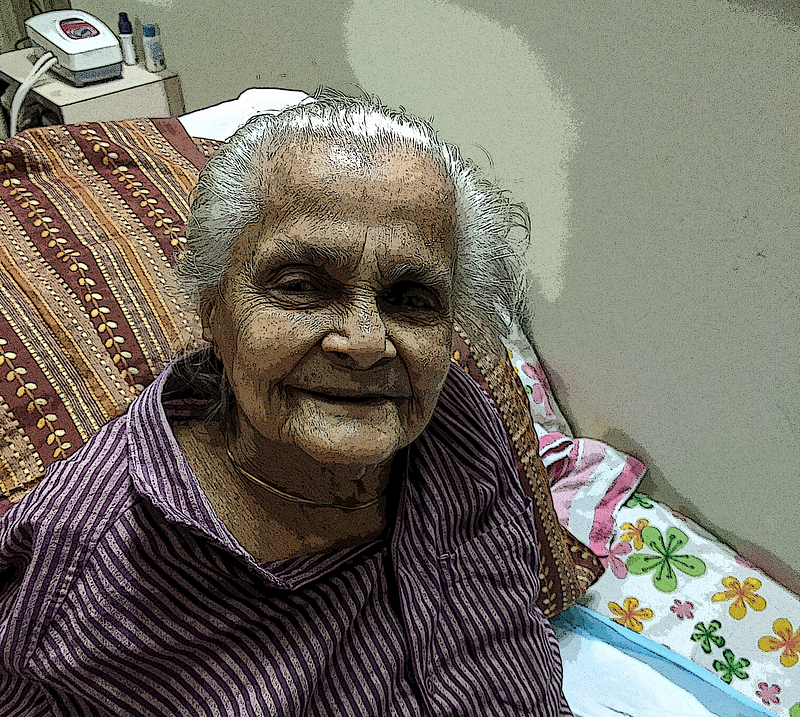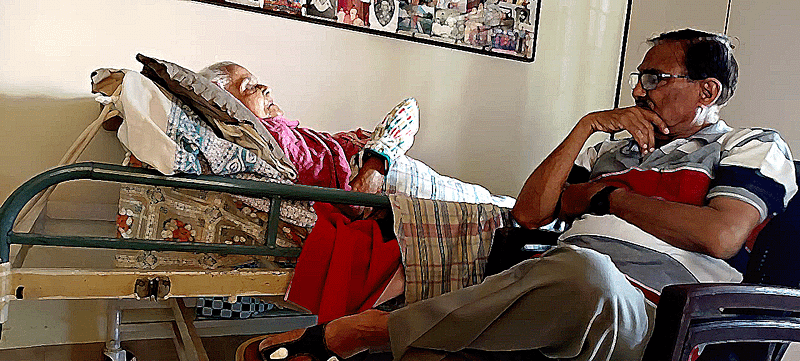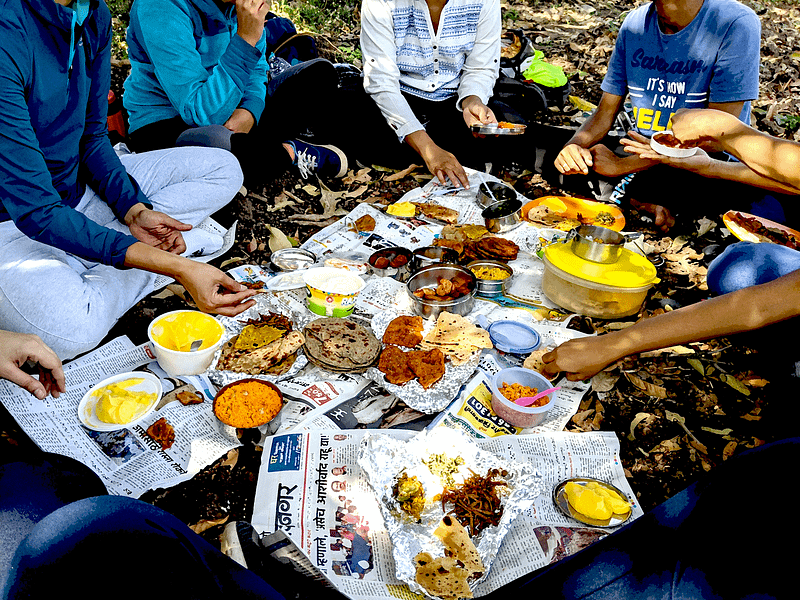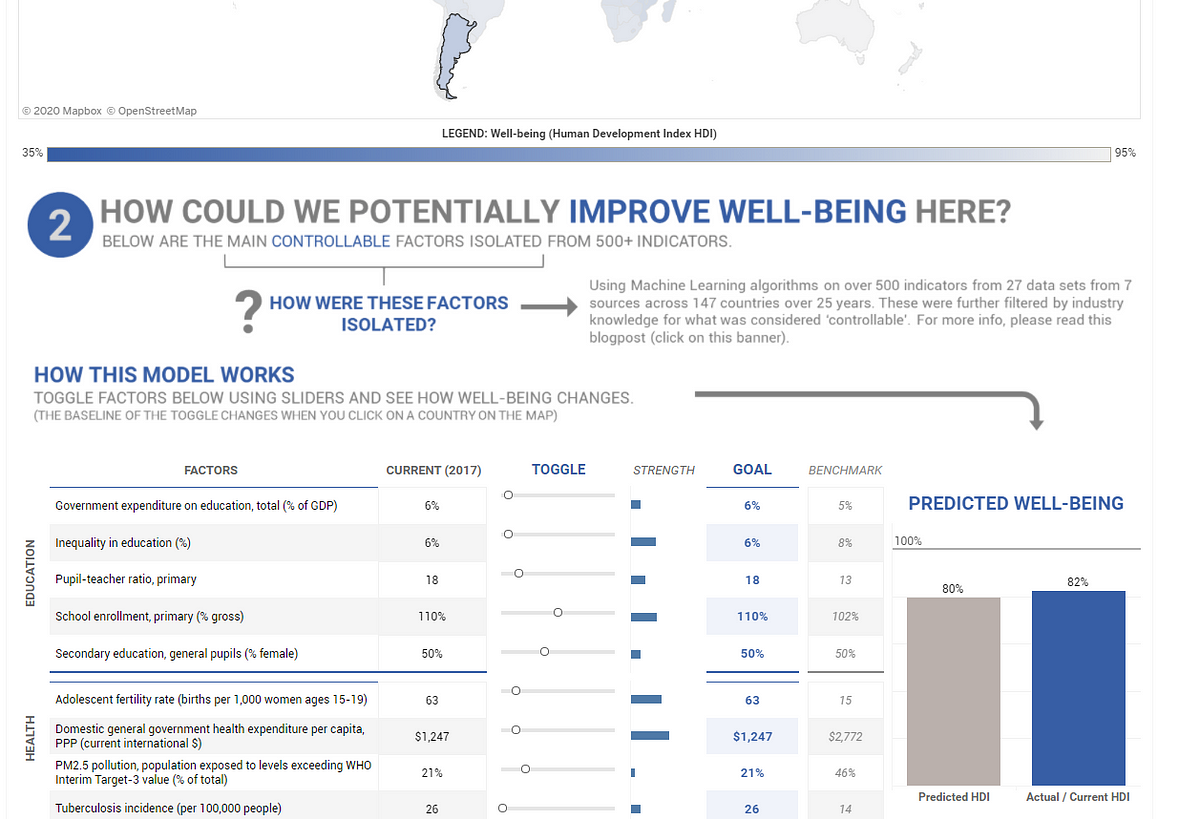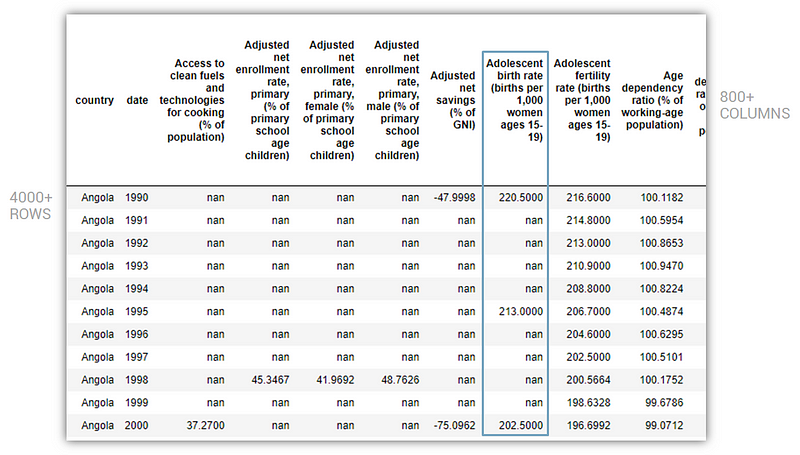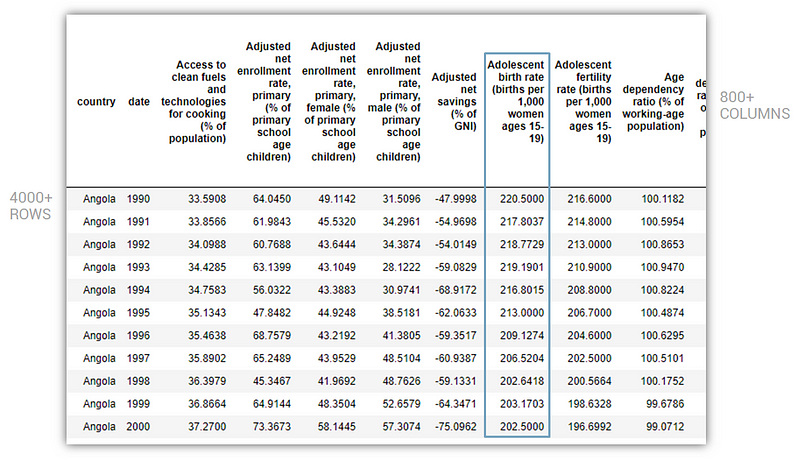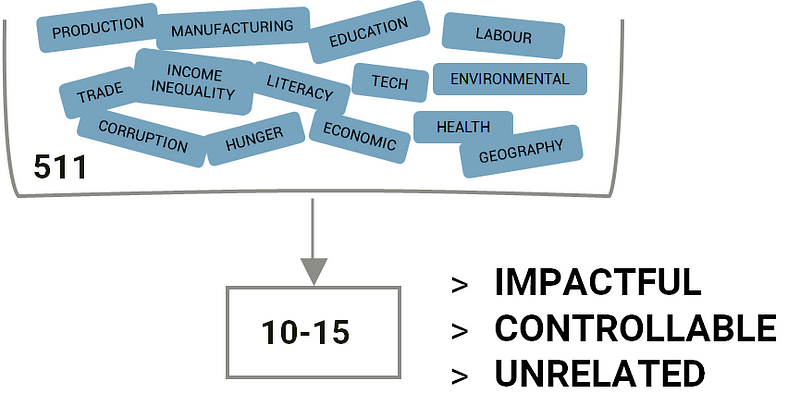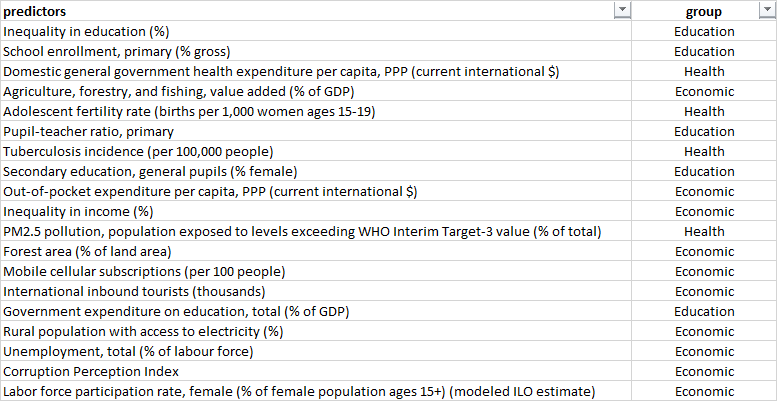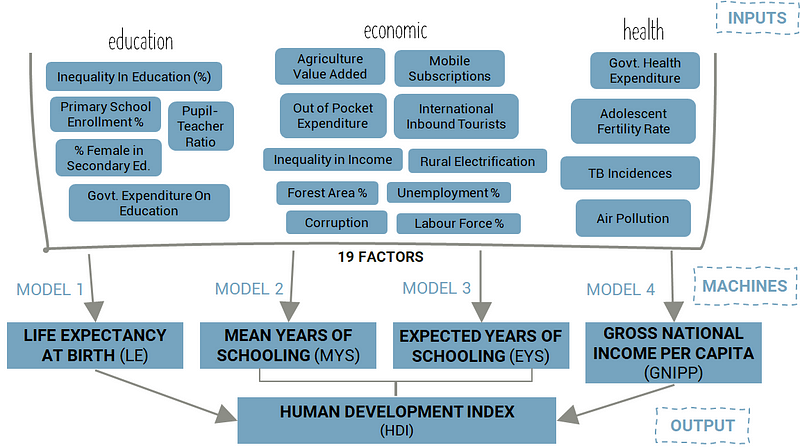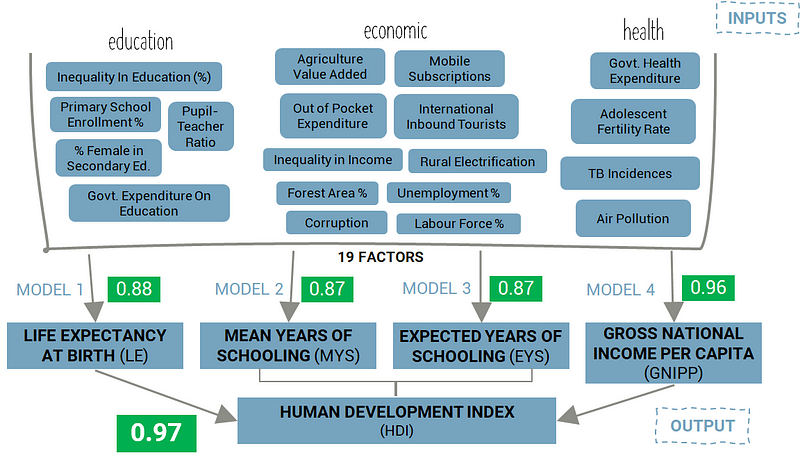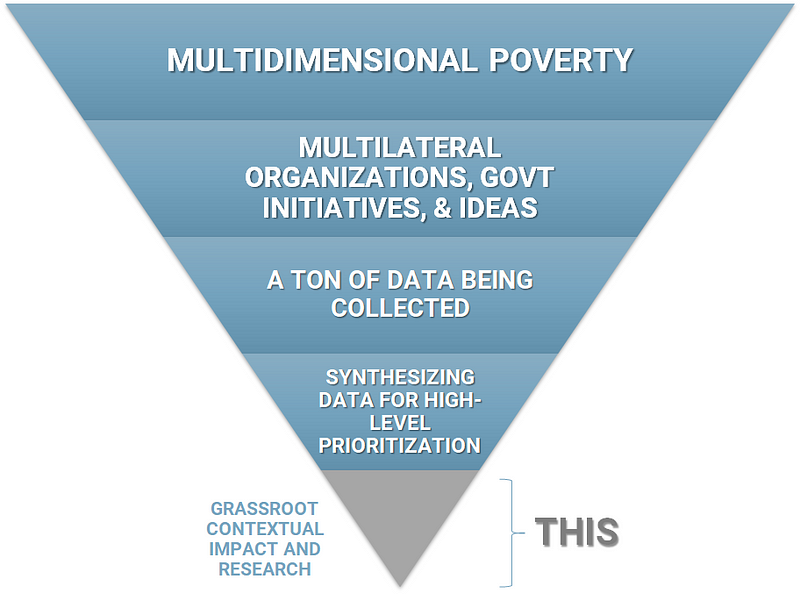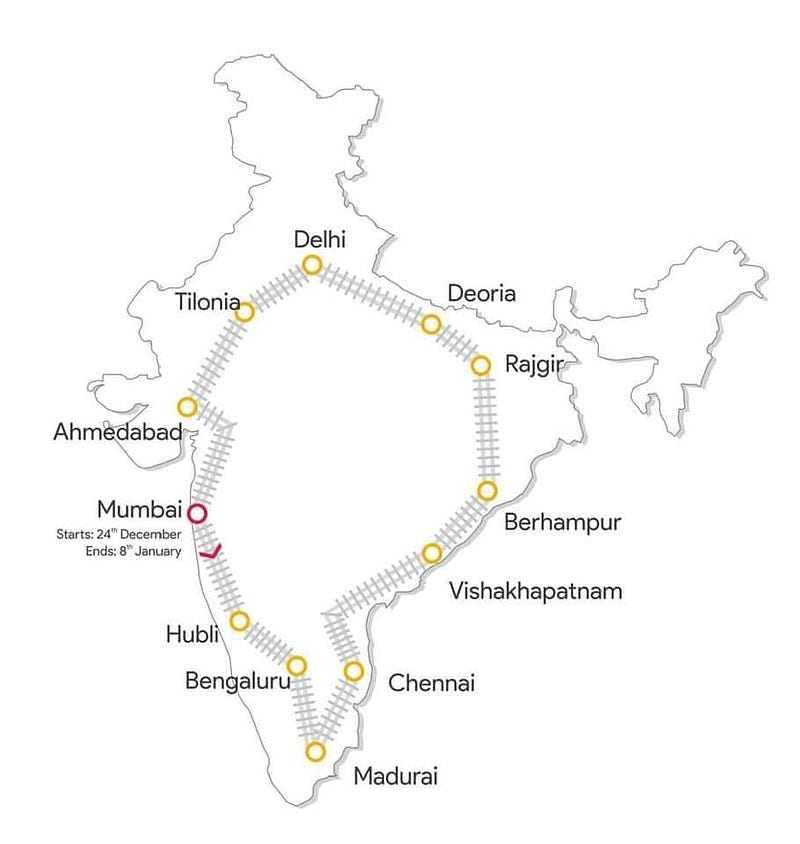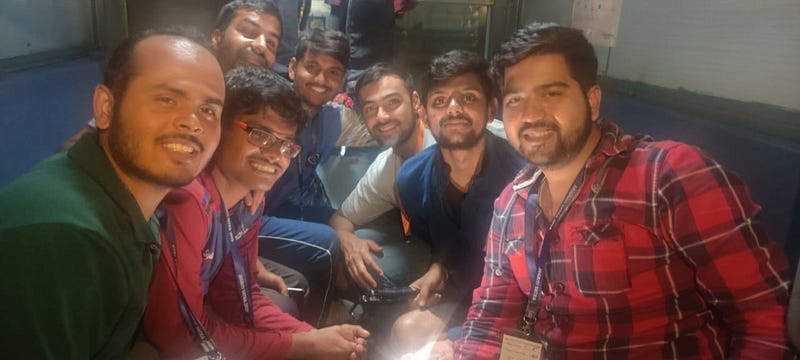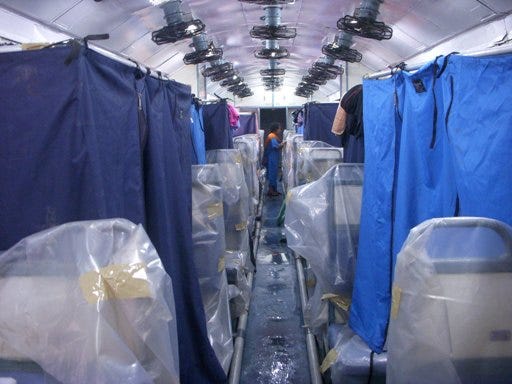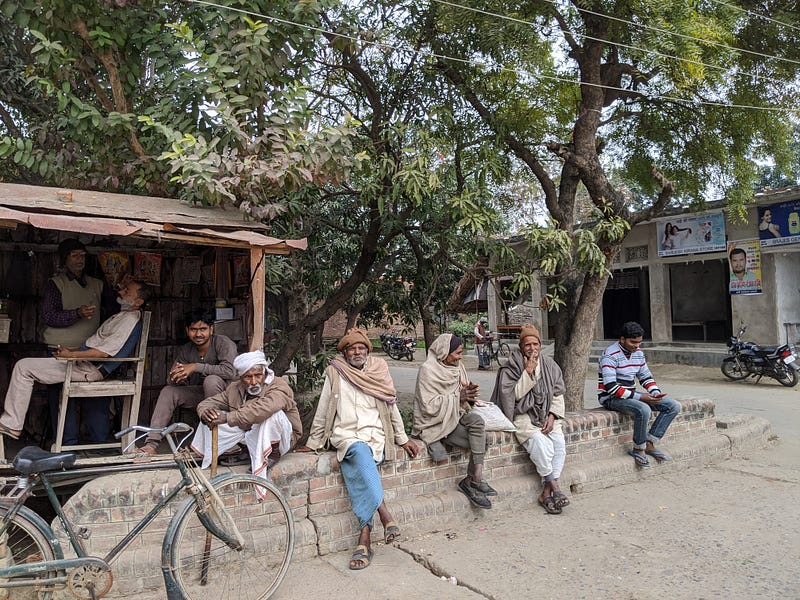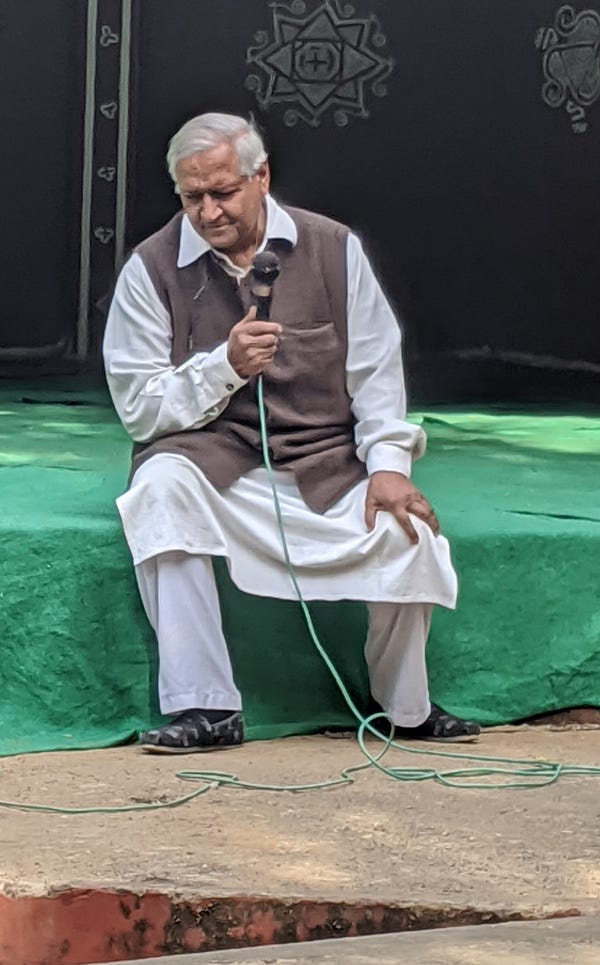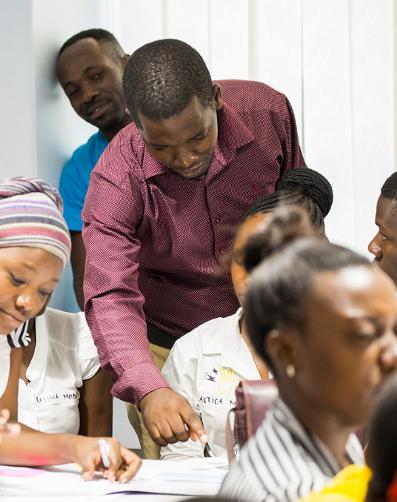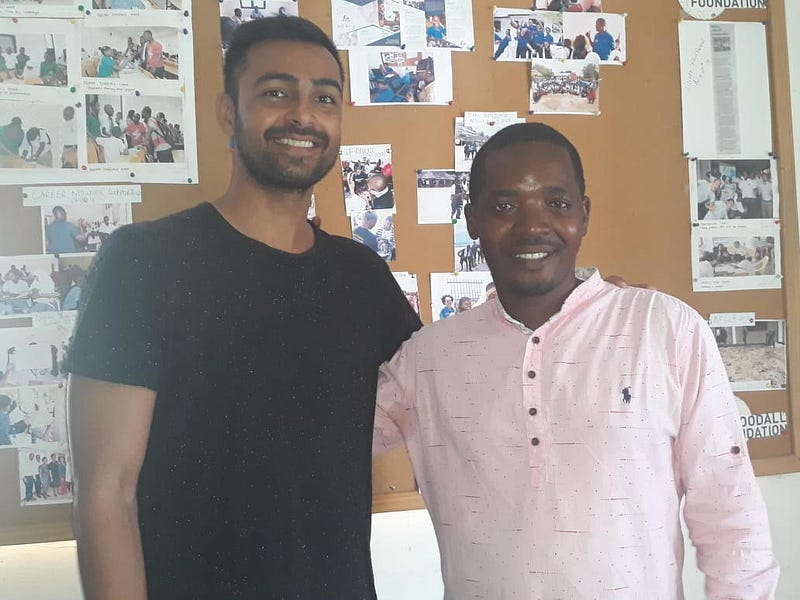I quit the corporate world to pursue purpose in the social impact space. But I knew nothing about social impact.
So, I thought of doing an MBA with a focus on social entrepreneurship. But that just didn’t ring right — how am I going to learn about poverty sitting in a fancy classroom? And expensive much? So, I settled on doing it myself — essentially learning by doing.
In two years, I lived in three countries, worked closely with three organizations and over fifteen social entrepreneurs, learnt a new lenguaje, learnt how to code, earned board seats on two non-profits, built a deep, meaningful network with a plethora of people across borders, made the best of friends immersing myself in cultures inertly foreign, and most importantly, I learnt about the social impact space by living and working in the field.
And the kicker? All this cost me less than 1/5th of what a top two-year MBA school would cost. Yes, I did the math. A two-year MBA from Harvard in 2019 cost $211,336 and my two year “custom MBA” cost me $36,337 (scroll to the end for a summary and I also breakdown expenses in each country throughout this post).
Yes, with the COVID-19 pandemic, things seem different and strange right now. But I believe it will pass, and borders will open. It will probably never be the same, but we will embrace a new version of normal that isn’t too different from how it used to be.
So, was this “custom MBA” a better option than doing a traditional top-tier MBA? I’d like to think so. But I have incomplete information — I haven’t done an MBA now have I? So, I’ll let you decide once you’ve read through this.
Here’s how it flowed — resources, expenses, learnings, pains, joys:
The “Plan”
Right when I quit, I knew I wanted to go back to India to start my own social enterprise focused on poverty. However, the tug-of-war in my brain was this:
Should I go to India right away and learn by doing work there? Or should I frolic around the developing world, gaining a more worldly perspective on the impact space?
Both options made sense, but the latter resonated with my fancies a bit more.
For some odd, irrational reason, I had always wanted to learn Spanish and see the world from a more immersed perspective than a touristic one. So, that became the rationalization, and this became the chosen, Dharmic path. Only later, while I was in Nairobi, did I read that working in different cultures actually enhances creativity, fueling the development of a holistic perspective that can allow you to make more of an impact. However true you believe that to be, it was perfect for my confirmation bias.
Since I was embarking on this Fogg-ian, country-hopping path, the idealistic version of myself thought it was going to be super simple:
I’ll spend 6 months working in South America learning Spanish, 6 months in Africa because it’s tough out there, 6 months in Asia outside of India because why not, and then 6 months in India because I need to understand India. Simple, right?
This “plan” turned out to be as naïve as it sounds. It changed. A lot.
Or rather, I’d like to think that it evolved, while somehow staying true to its ethos. That’s the beauty of a “custom MBA” — flexibility. You never know the perfect answer right off the bat, what’s crucial is the ability to pivot. And boy did I pivot.
But you know what? It’s okay to have an idealistic plan as long as you’re not too attached to it. In fact an ideal plan allows for course correction.
Stop 1: Xela, Guatemala
The first part of the first part of the plan stayed its course. Kind of.
South America evolved into any developing country where Spanish is spoken. And more importantly, the work I’d be doing needed to align with what I wanted to learn.
So how did I find this magical thing? The internet made everything a lot easier.
My incredible sister pointed me to MovingWorlds.org — it’s essentially a Tinder for matching the skills of professionals / experts with the needs of non-profits / social enterprises around the world. Yes, I know — pretty awesome. Through this platform, I matched and got offers from three organizations — two in Peru and one in Haiti. Almost took one of the ones in Peru.
Another friend pointed me to SocialStarters. They do something similar but charge a hefty amount for it which didn’t sit too well with me. I was looking for a barter between my skills and exposure to the impact space and 600 pounds (1,280 pounds now) seemed a bit on the higher end. But if I got desperate, it could be an option. I spoke to them and they did offer me a spot in Brazil. Good back-up but not cost effective or Spanish enough.
Then there were a bunch of forums and groups that were helpful — Skoll Foundation, Ashoka, Social Enterprise Jobs Google Group.
I struck gold on the Skoll Forum — Alterna, a social enterprise cultivator / accelerator based in Guatemala, made the most sense. I would be getting width: a chance to work with many social entrepreneurs and that seemed like a sensible way to start. And, Spanish of course.
Here was the problem though — I didn’t know much Spanish at all, and this job was in Spanish. Alterna took a leap of faith and interviewed me — I wasn’t going to get paid and my work experience seemed valuable to them. I got the offer with a caveat: I would need to do a month of intensive Spanish classes in Guatemala before I started. Perfecto.
I was pretty sure I was going to get robbed as soon as I landed in Guatemala thanks to all the one-sided data on crime we have available today, and also because my lack of Spanish made me essentially deaf and dumb.
But I didn’t get robbed or murdered. In fact, everyone was super friendly. Guatemala isn’t the safest country in the world, but it isn’t as dangerous as fear makes it out to be.
I thought I would learn enough Spanish studying 5–8 hours a day for a month and living with a local host-family. Wrong again. It took me 4–5 months to be decently functional in Spanish.
And I’m not talking basic Spanish, I’m talking work Spanish. That was the hardest part about Guatemala — learning a new language. On the flip side, the best way to learn a new language is to jump into the deep end.
Enough people spoke English at the company to allow me to add at least some value. And I quickly learnt how invaluably incredibly amazingly awesome Google Translate is. I came there as an unpaid fellow but within three months, I was offered a paying job. In the end, knowledge is language-less.
It was at about the six-month mark that I had just earned enough clout to make a significant impact within the organization. My Spanish started to get in key, and it just didn’t make sense to jump ship right then.
There had been a lot of turnover when I joined and that gave us fellows an opportunity to add real value. At times we were flying blind, but being thoughtful and thorough goes a long way in making a difference.
I will never forget the time we revamped our signature five-day workshop. We laboured long hours, researching, creating, fighting and ordering late-night pizzas. We were nervous before the start, but after, the feeling of success was priceless.
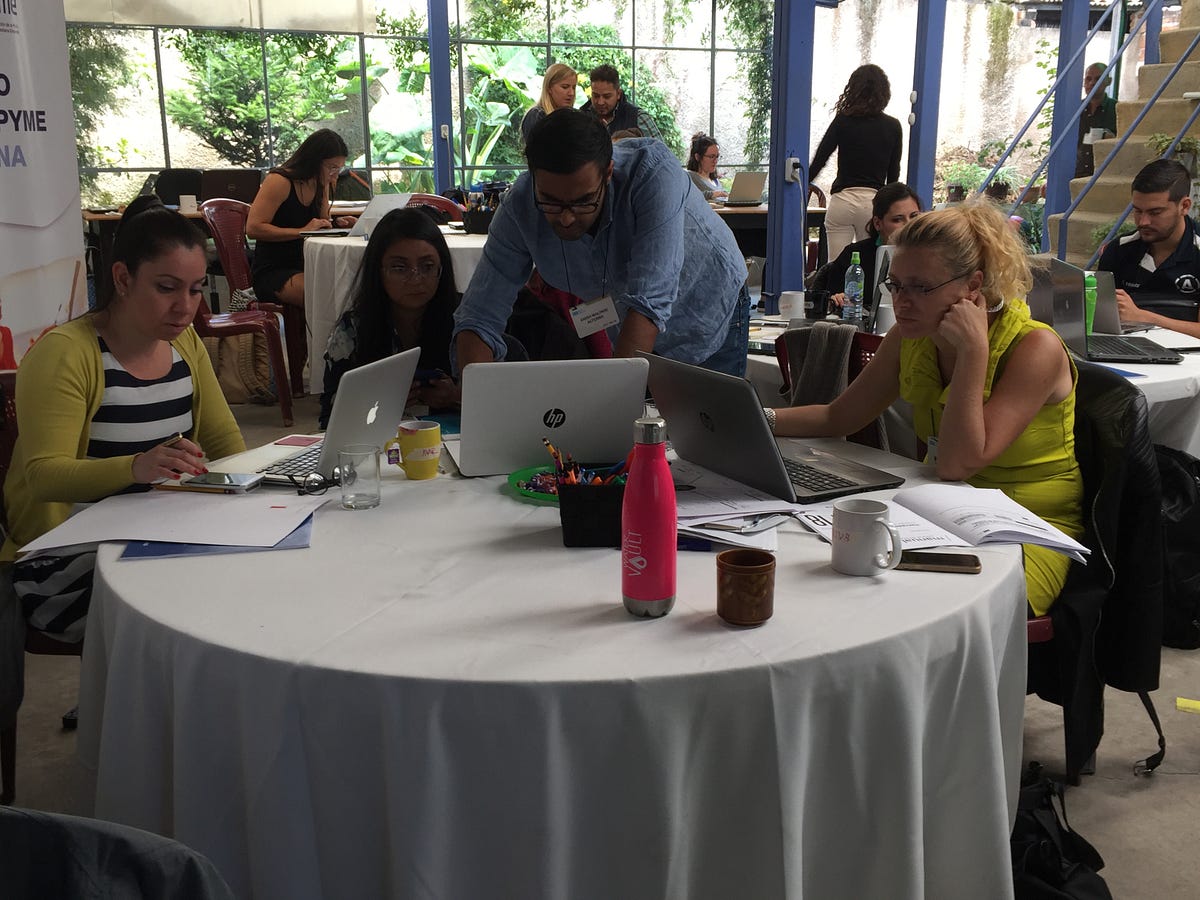
Many of us were unpaid fellows back then, but it didn’t matter. In fact, that made it that much sweeter— we did this because we cared for our entrepreneurs, and the pure elation of believing in something and making it happen is priceless. No chunky New York bonus has ever made me feel that way.
There was no way I was going to leave in six months. Uh oh, the OG plan just changed.
The next six months in Guatemala were even more fruitful. I got more responsibility and ownership, took on a bigger role with internal operations and led the negotiation, implementation and training of the organization’s internal IT infrastructure.
Many non-profits lack technical prowess — there aren’t enough STEM-skilled folks in the space which leaves gaping holes. We need more people filling these holes. I had some (not extensive) experience with these holes and I quickly realized that my ability to add value became my ticket to more exposure and learning. That would be a constant through this custom MBA of mine.
Also, I realized that there is no rush to get into the social impact space. What’s more important is to build hard skills and gain valuable technical experience from wherever you can, and then make the jump. There were a couple of other fellows there who I felt didn’t have enough experience nor a clear skill-set to add significant value with. This didn’t mean that they didn’t grow, it just meant that it was harder for them. Learning about the impact space isn’t as hard as learning a technical skill.
My last three months in Guatemala were tough. I was leading a full-scale tech implementation alone and was also handing off my key responsibilities to a new crop of hires. As important as that was, it wasn’t fun. Letting go of your baby is hard. I thought I’d have to have an actual baby to learn this.
I was flattered when Alterna offered me a Director position and to be a part of their future, but my evolved plan held strong. And the leadership team understood — I had always been consistent about starting something in India, and that consistency made it easier to communicate my next steps.
It turns out that having your big goal etched in stone makes decision-making easy and communicating your decisions even easier.
I remain connected to them today with somewhat of a ceremonial position on the Advisory Board, but Alterna and Guatemala will forever have a small piece of my heart.
Expense Breakdown in Guatemala:
- The first month of intensive Spanish classes and living with a host family cost me $836.
- The next 14 months rent was $200/month and living expenses (food, etc) were between $300 and $400 / month. Yes, Guatemala is cheap.
- For 8 of the 15 months I was there, I got paid ~$1,400 / month. I didn’t negotiate because I wasn’t looking to make money (I negotiated responsibility instead) so there could be some upside here.
- If I add-in around $2,000 for additional travel in and out of Guatemala that I wouldn’t really incur during an MBA, I would still end up breaking-even.




